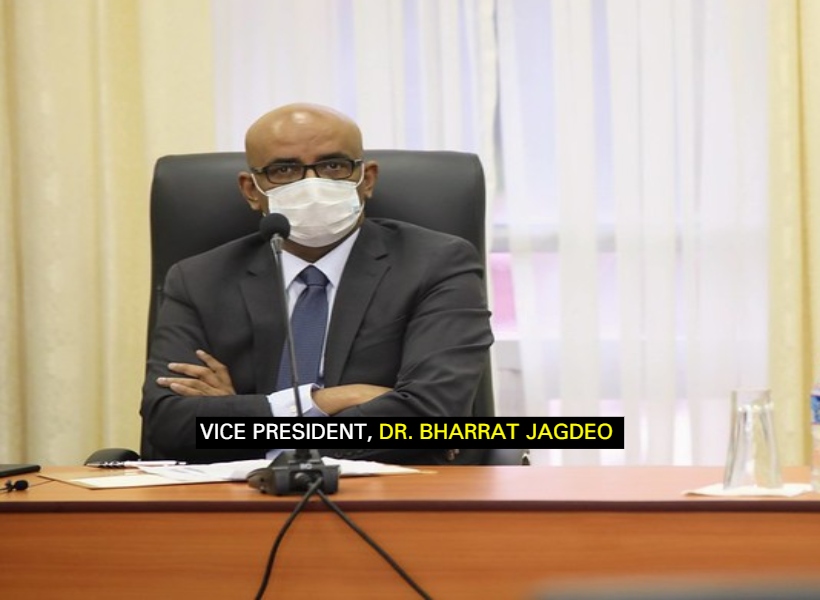Do you know the scale of the investments being made offshore Guyana by ExxonMobil? According to Vice President, Dr. Bharrat Jagdeo, just three of the company’s projects (Liza Phase One, Liza Phase Two, and Payara) represent US$20B in investments, which is more than eight times the revenue being held in the country’s entire banking system.
Considering the magnitude of the costs to develop the resources buried deep beneath the seafloor, one surely “cannot expect the people to come here for peanuts,” said Jagdeo.
During a December 2020 radio interview that focused on the oil and gas sector, Jagdeo sought to explain the importance of the US oil giant as an investment partner.
He said, “…Guyana has 1.1 trillion in assets in the banking system which is US$5.6 billion in our banking system. How much do you think total deposits from the government and financial and non-financial institutions are? It is US$2.6 billion. Now, to develop Liza alone costs nearly US$4 billion. If we take all the deposits by every Guyanese and deposits from government, commercial banks, and from the non-financial banking system and put all together, we can’t even finance Liza One.”
The Vice President added, “The three projects are close to US$20B. That is about 8 times the money we have in our banking system. So the money Exxon is bringing far outweighs the financial capability of the country. With this scale, you can’t expect the people to come here for peanuts.”
Jagdeo said that if Guyana wants all those resources in the Stabroek Block to be developed, one obviously has to incentivize the investor while protecting the country’s interests. He said this as he alluded to critics who have been challenging the PPP/C administration to push for a renegotiation of the contract in a manner that would see an increase in royalty and profit oil, along with the insertion of critical provisions that close loopholes for value leakage. One major loophole in this regard would be for ExxonMobil and its partners to pay their income taxes out of their share of profit oil as opposed to Guyana doing so on the companies’ behalf.
Jagdeo said that at the end of the day, the government’s aim has to be to allow the companies the opportunity to source the money at the cheapest possible rate, minimize expenditure in the development of the fields, and maximize the nation’s share of profit. He said that this is the country’s guiding philosophy even though there have been some deficiencies.
Once this is done, Jagdeo said that the government’s next objective would be to ensure that the US$20B spent offshore is mirrored by another US$20B in investments onshore to service the needs of the industry. “That is what we have to pressure them to do, service the industry from Guyana, not out of Trinidad and Tobago, not out of the USA but from Guyana. And when that happens, then our people will start benefitting,” expressed the Vice President.













